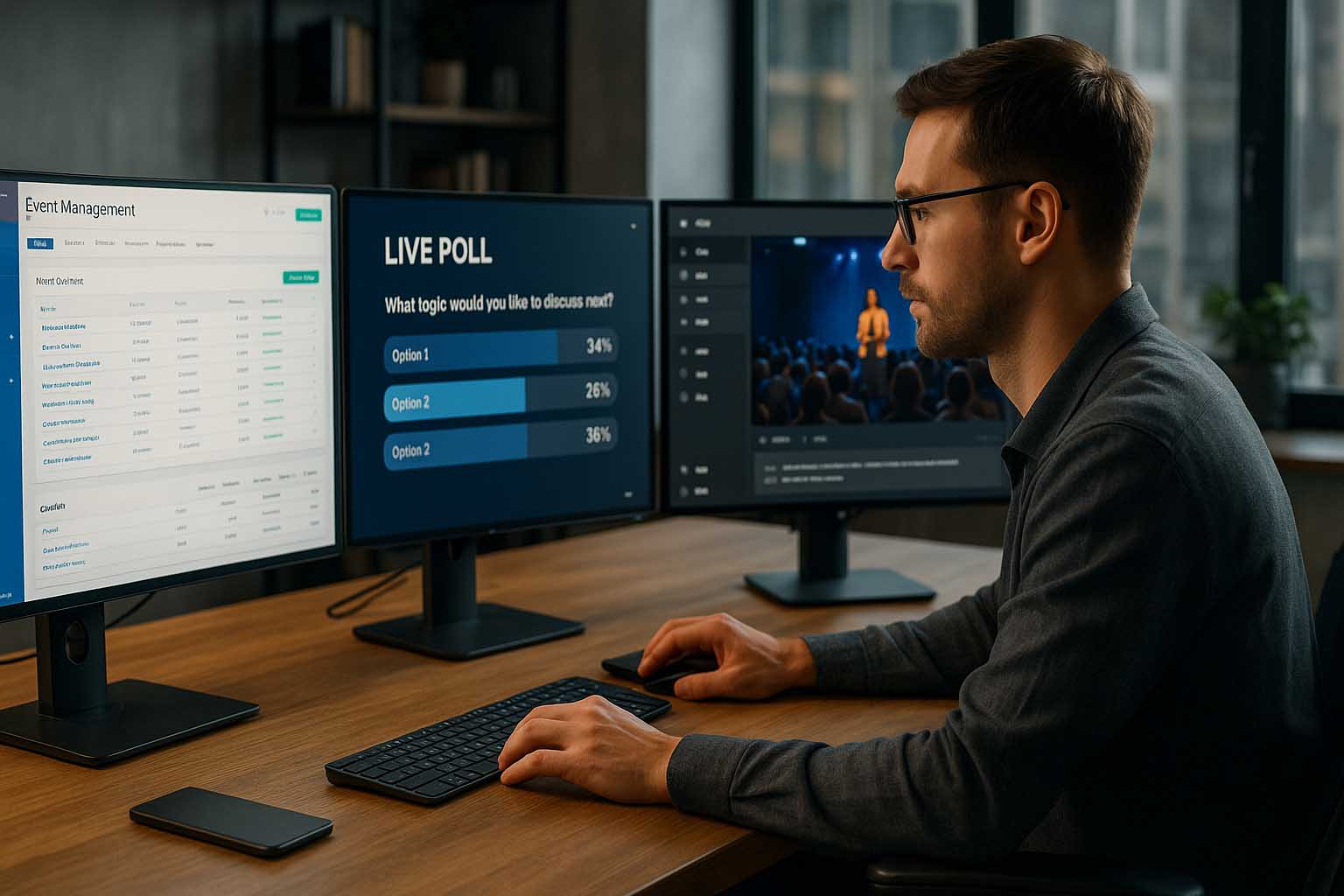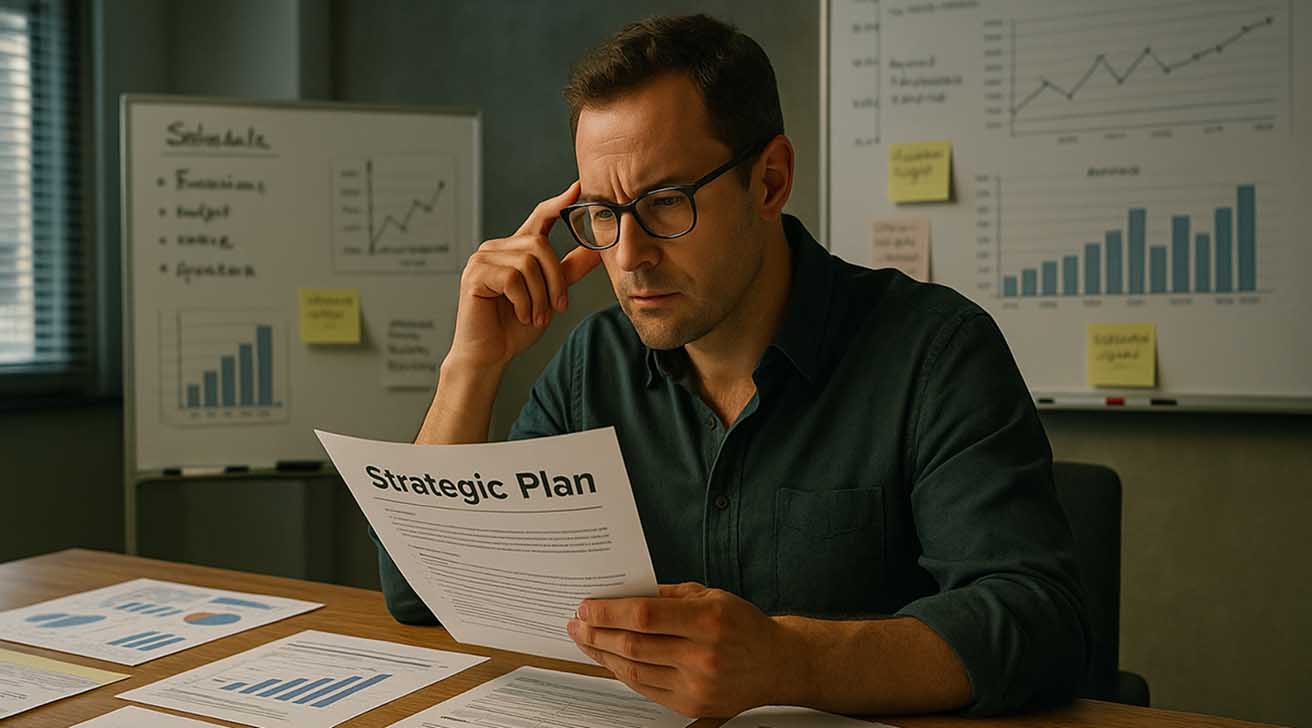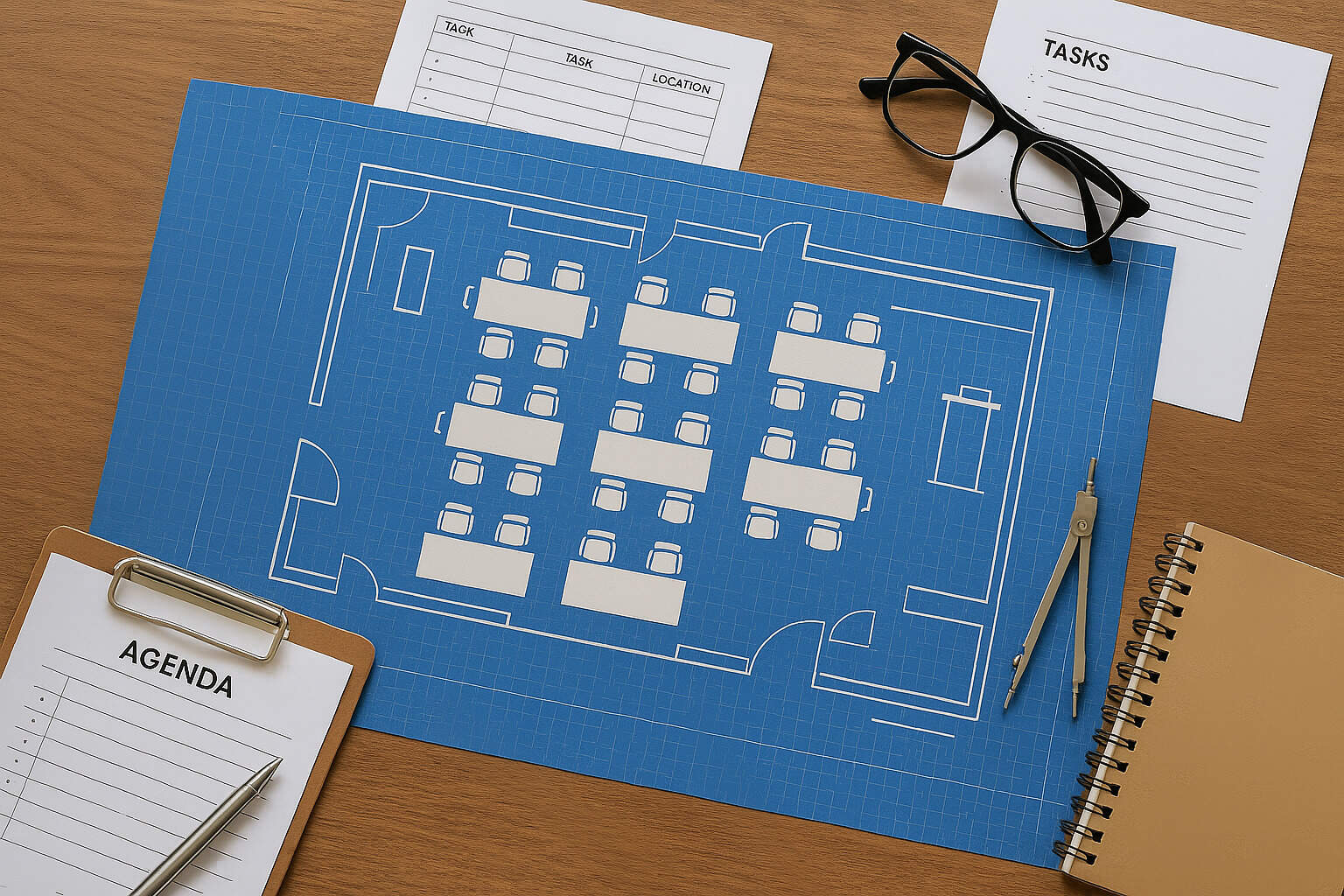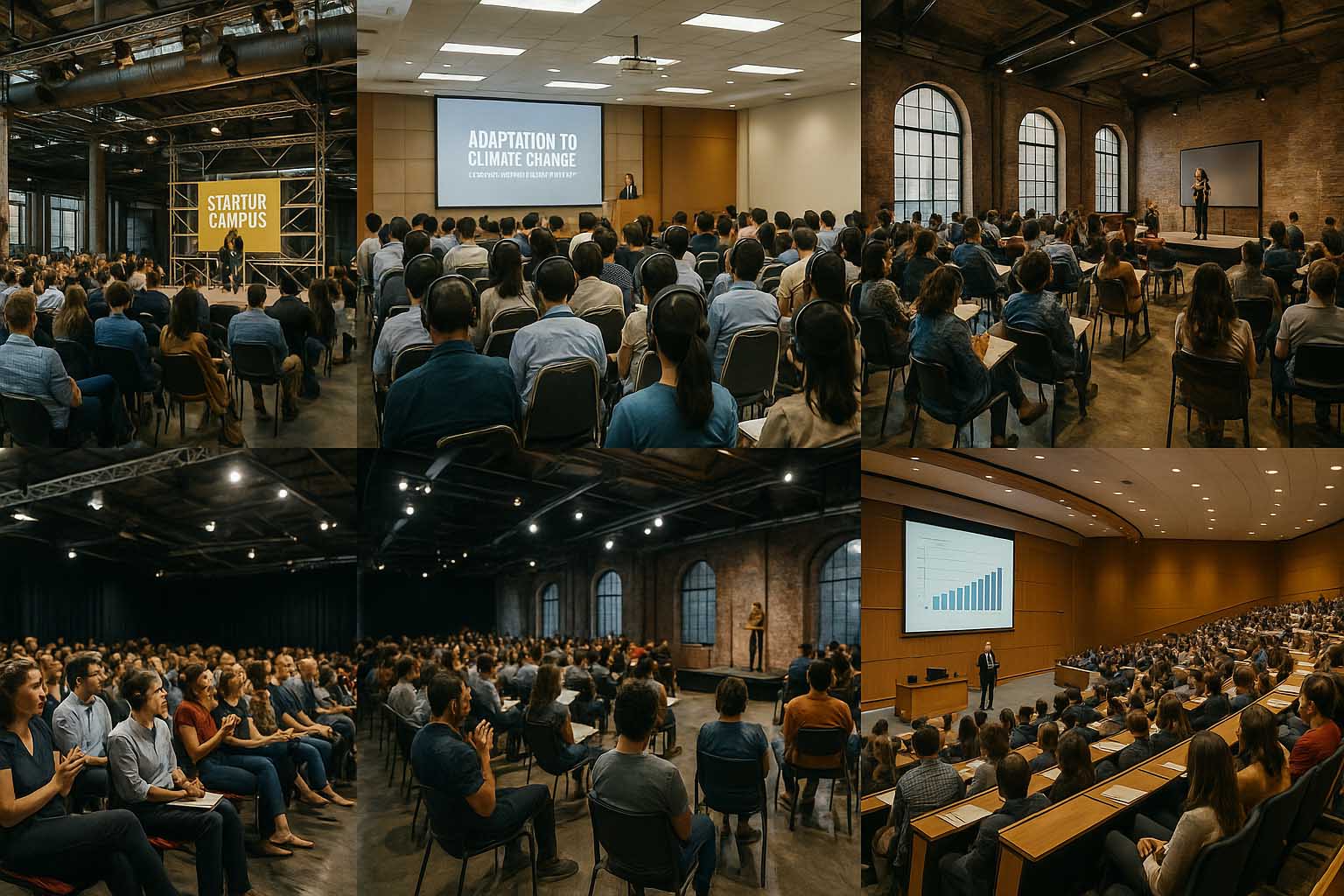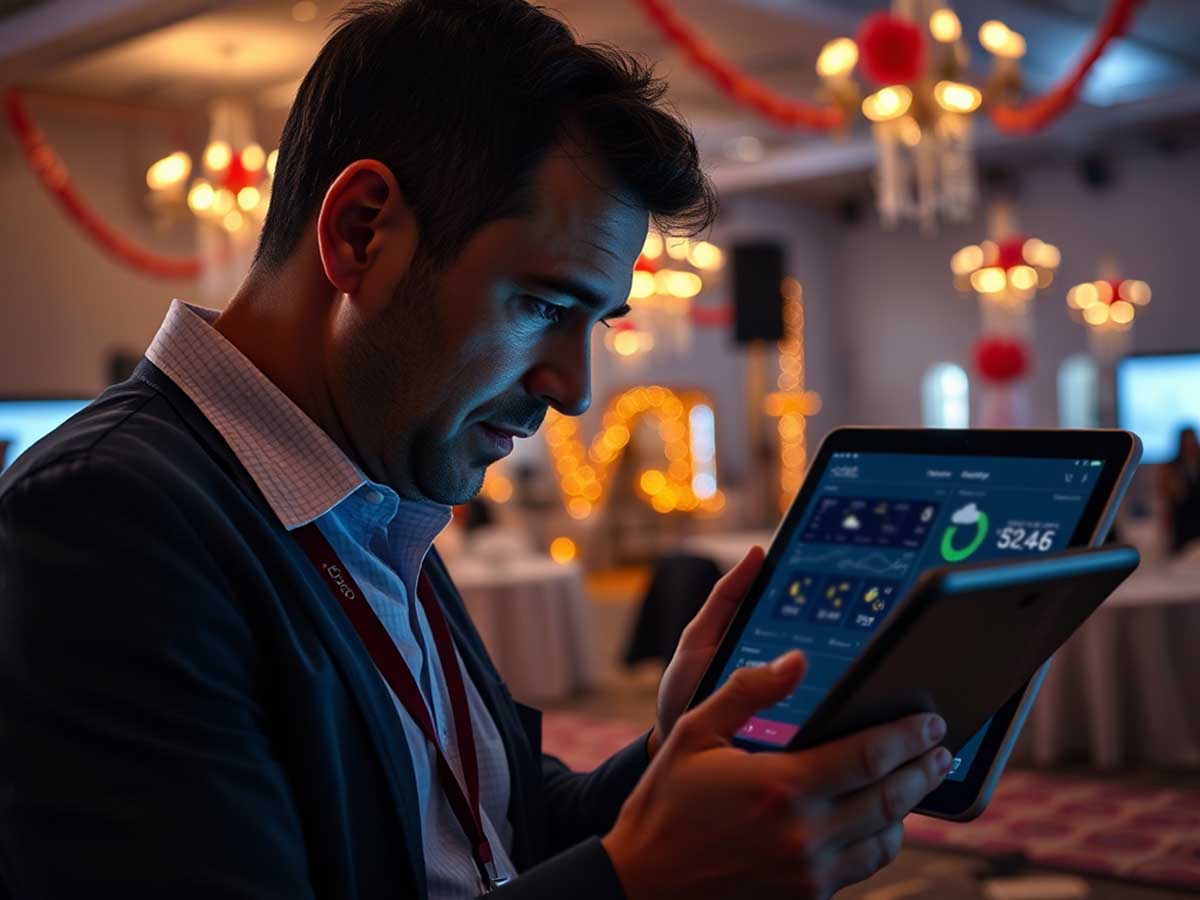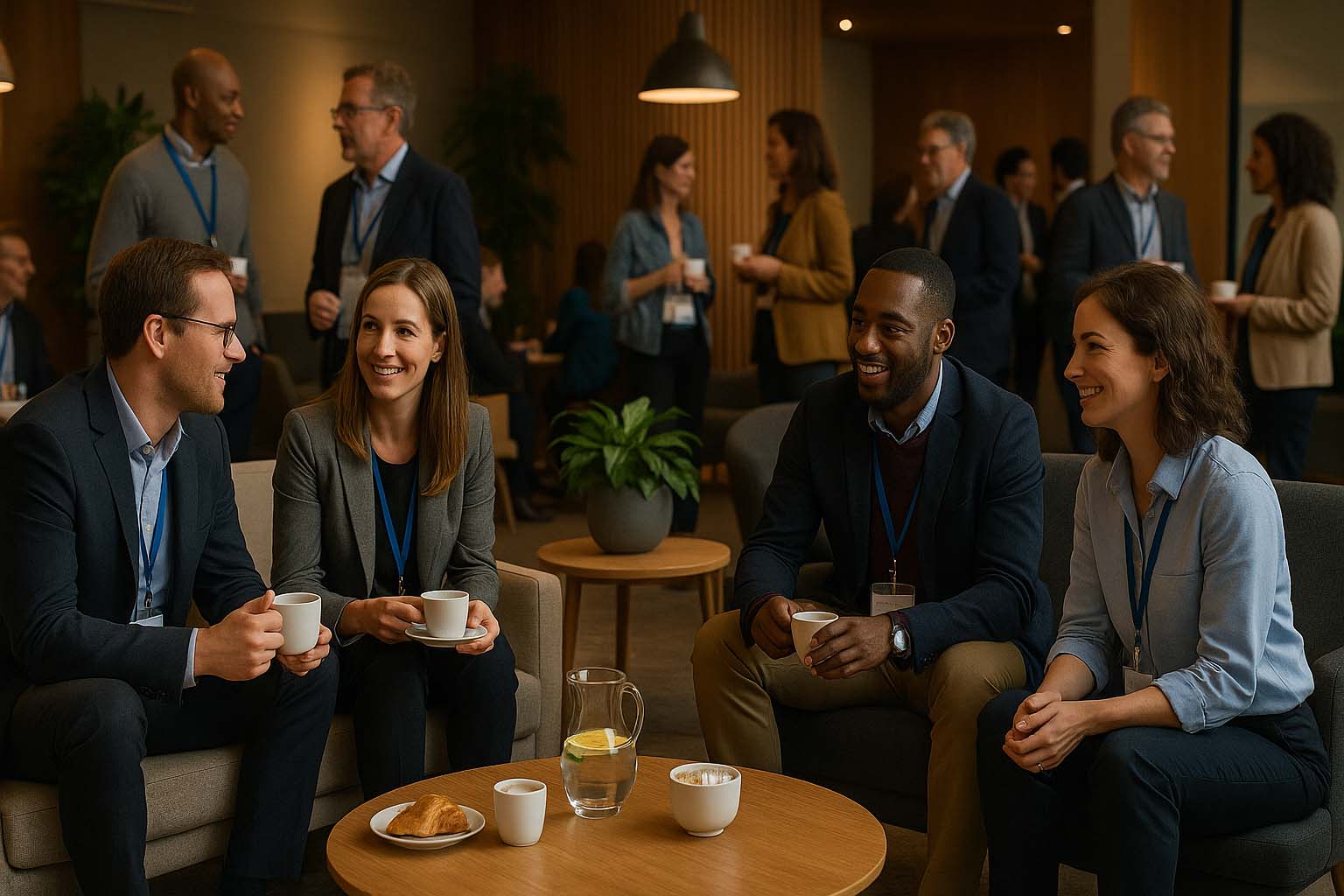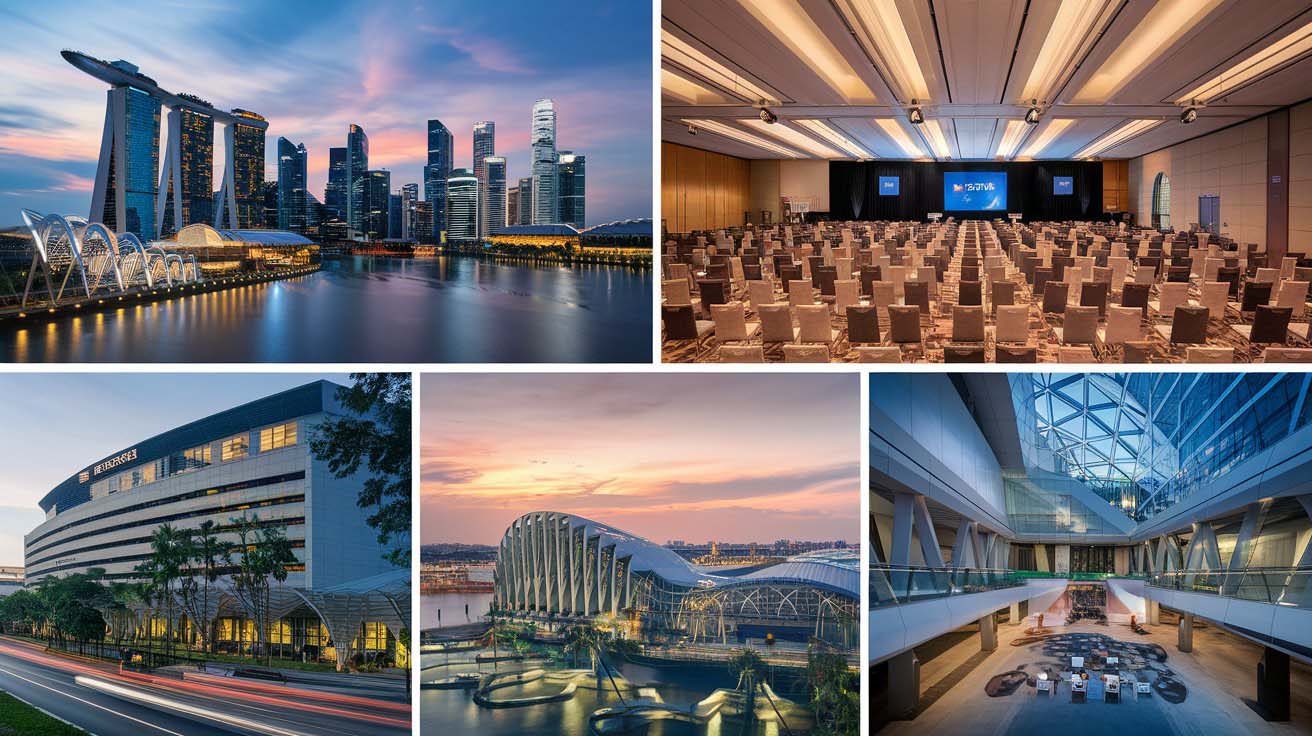Engaging Quizzes to Elevate Conference Experiences
Engaging Quizzes for More Meaningful Conferences
In major gatherings—from business summits in Berlin to global tech expos in San Francisco—time is short when it comes to holding a delegate’s attention. In a matter of seconds, minds may drift if the session lacks enough pull. This is where fun quizzes step in as a useful tool: entertaining, informative, and capable of connecting speakers and audiences in a straightforward yet effective way.
• Interactive quizzes blend fun and information to hold audience focus.
• Organizers receive instant data about audience understanding and sentiment.
• When designed well, they spark connections, open discussions, and bridge cultures on one stage.
How Quizzes Fit into Today’s Conferences
Gone are the days of one-way presentations with slides and microphones alone. Attendees now expect LED walls, hybrid streaming, and real-time polling. Fun quizzes are a natural extension of those tools. They’re not just for fun—they gauge clarity of the message and pinpoint which topics are landing best. Since the answers are gathered instantly, speakers can adjust their next points in real time. If a quiz question on sustainability earns 85% correct responses, the speaker might spend more time on related subtopics where the audience struggled.
Why Participation Tools Like Quizzes Matter
The key to a successful quiz lies in three ingredients:
quick participation, clear rewards, and smart timing within the agenda.
When questions pop up on attendees’ devices, even the shyest are nudged to take part. Prizes might include a gift card, a free license to software, or a simple shoutout from the host. These rewards, though small, spark friendly competition.
At Copenhagen Fintech Week, organizers ran a five-minute flash quiz between the keynote and a panel. The result? A 28% spike in social media activity under the official hashtag. Attendees proudly shared their scores, and the event reached a wider audience without needing to spend more on ads.
Designing Questions for a Global Crowd
When an audience includes different languages, jobs, and levels of experience, the quiz content must be thoughtful. Consider the following guide:
Start with clear structure. Unless the event is aimed at specialists, avoid technical jargon.
Provide context first. For example:
“In 2024, the virtual event market reached an estimated value of $457 billion. Which region saw the fastest growth?”
Balance difficulty. Include easy questions to boost engagement, then follow with more complex ones to hold expert attention.
Respect all cultures. Humor doesn’t always translate well. Use examples with global familiarity, such as Olympic sports or eco-friendly innovations that are widely recognized.
The Right Tech Makes All the Difference
A simple slideshow won’t cut it. The quiz platform should:
Support live leaderboards with zero delay.
Work seamlessly with popular event apps like Whova or EventMobi.
Export results in CSV or through an API for analysis by marketing teams.
At the Women in Product Global Conference in Toronto, organizers used a WhatsApp-based quiz bot. Even with weak Wi-Fi in some areas, they saw a 92% response rate thanks to stable mobile data. This proved that the right communication channel depends on both the location and connectivity type—not just what’s trending.
Integrating Quizzes into the Program Flow
A compelling storyline gives structure to any event. Think of quizzes as checkpoints within that narrative. Rather than placing them in isolation, tie them into the session’s flow:
Kickoff point: Before the keynote begins, launch an opening question related to the topic.
Example: “What percentage of Fortune 500 companies currently have a net-zero emissions goal?”
Mid-program boost: After lunch, when energy dips, use a quick-fire round with three questions, 30 seconds each. Offer instant prizes such as e-book vouchers to reignite attention.
Final wrap-up: Ask questions that review key statistics discussed earlier. This helps attendees retain the most essential facts, while giving organizers insight into what resonated most. At a European HR summit, organizers noted that high scores matched well with content they highlighted in post-event emails.
How to Measure Impact
It’s not enough to assume the quiz was a hit just because people clapped or smiled. Metrics matter. Here’s what to track:
| Metric | Target |
|---|---|
| Response Rate | Over 80% indicates strong engagement |
| Accuracy | 40–70% correct responses; too high may mean questions were too easy |
| Average Completion Time | Under 15 seconds per item to avoid drop-off |
| Social Shares | At least 10% of in-person attendees |
These numbers can be compared with post-event surveys to check whether the quiz helped people remember the topics better. One organizer in Europe noticed high accuracy but low sharing. Their fix? Add visual memes to the quiz slides. The following year, social activity tripled without harming knowledge retention.
Real Examples from Around the World
Berlin Green Tech Forum – Used an AR scavenger hunt with embedded questions around the exhibit floor.
São Paulo Marketing Meetup – Ran a live word cloud quiz where participants submitted trend-related keywords. “Phygital” rose to the top.
Dubai Health Innovation Expo – Hosted a “fast-finger” trivia on medical facts. Top scorers earned a free telehealth subscription.
Sydney Fin-Ed Summit – Launched a bilingual bot in English and Mandarin to serve a multilingual crowd effectively.
Where the Trend is Heading
As metaverse events expand and sessions grow more personalized, new ways of delivering quiz content are starting to emerge. One approach involves adaptive learning logic, where the next question changes depending on how someone answered the previous one. This keeps people engaged by challenging them at just the right level and increases how much information they remember.
Voice-activated quiz tools are also gaining attention. A lab in South Korea recently tested a setup where attendees could answer out loud, no typing required. This could benefit participants with physical impairments and create a more accessible environment overall.
In other cases, organizations are blending quizzes with augmented reality or motion sensors. A small startup in Singapore used movement tracking to let users answer by stepping into marked zones on the floor. The novelty alone encouraged participation.
Audience Behavior and Content Preferences
With each passing year, audience behavior continues to shift. People want more control over how they engage with sessions. Passive listening isn’t enough. A well-placed quiz allows them to test their knowledge, express an opinion, and feel seen. For speakers, this kind of real-time data reveals which topics spark curiosity or confusion.
Tech platforms are also adapting to these shifts. Instead of showing just raw scores, newer tools visualize patterns—such as how certain industries respond to specific themes. This allows content planners to fine-tune future sessions not based on guesswork, but on real behavior.
Organizers are now reviewing not only accuracy or completion rates but also click-to-convert metrics—especially for sponsored quizzes. If attendees who aced a partner-branded quiz later visited the sponsor’s booth or website, that’s measurable value beyond applause.
Closing Perspective
A quiz isn’t just something to fill time or entertain. It builds bridges between speaker and attendee, helps people remember what matters, and gives planners real clues on how to improve. With the right technology, thoughtful content, and smart placement in the agenda, a quiz becomes the heartbeat of interaction. Whether you’re hosting in Asia, Europe, or the Americas, adding a well-crafted quiz can transform a good event into something truly unforgettable.

